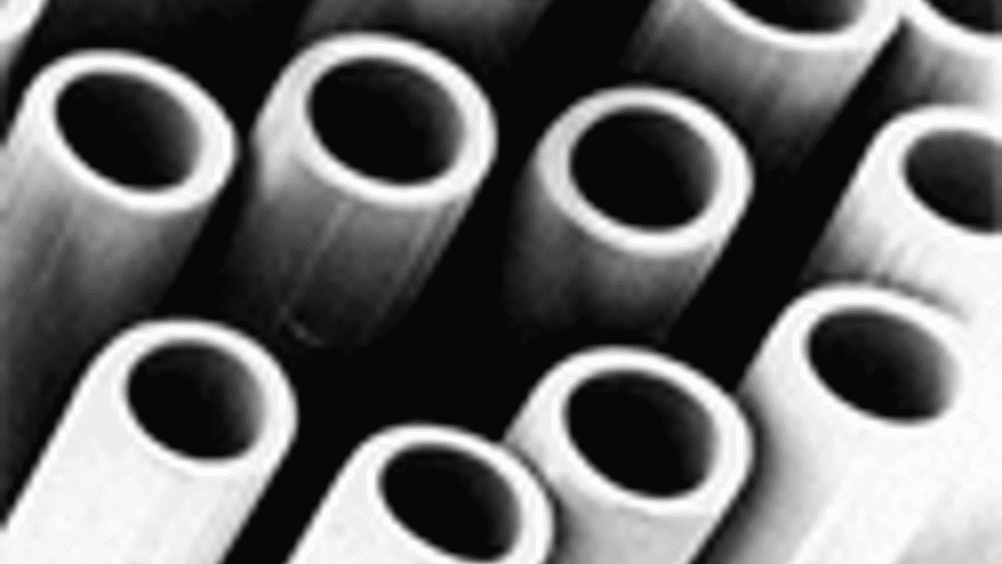Touch of glass
UK university team develops new production process for hollow-core optical fibres, which could lead to faster IT solutions. Siobhan Wagner reports

Researchers from
have developed next-generation optical fibres that they claim could lead to faster and more powerful computing and telecommunications technologies.
The technology is the result of a change in the fabrication procedure which cuts the production time of hollow-core optical fibres from around a week to a day, reducing the overall cost.
Jonathan Knight from the Centre for Photonics and Photonic Materials at Bath's Department of Physics said the development challenges both the conventional design and production of optical fibres.
'We have a new design for the fibre, but to manufacture that design we needed to completely revise our fabrication procedure,' he said.
In standard optical fibres, light travels in a small cylindrical core of glass running down the fibre length. Hollow-core fibres provide better performance, but fabricating the special kind of fibre needed to guide light down an air hole is difficult. Also, until now, the fibres worked for only a limited range of wavelengths.
Register now to continue reading
Thanks for visiting The Engineer. You’ve now reached your monthly limit of news stories. Register for free to unlock unlimited access to all of our news coverage, as well as premium content including opinion, in-depth features and special reports.
Benefits of registering
-
In-depth insights and coverage of key emerging trends
-
Unrestricted access to special reports throughout the year
-
Daily technology news delivered straight to your inbox










Water Sector Talent Exodus Could Cripple The Sector
Maybe if things are essential for the running of a country and we want to pay a fair price we should be running these utilities on a not for profit...